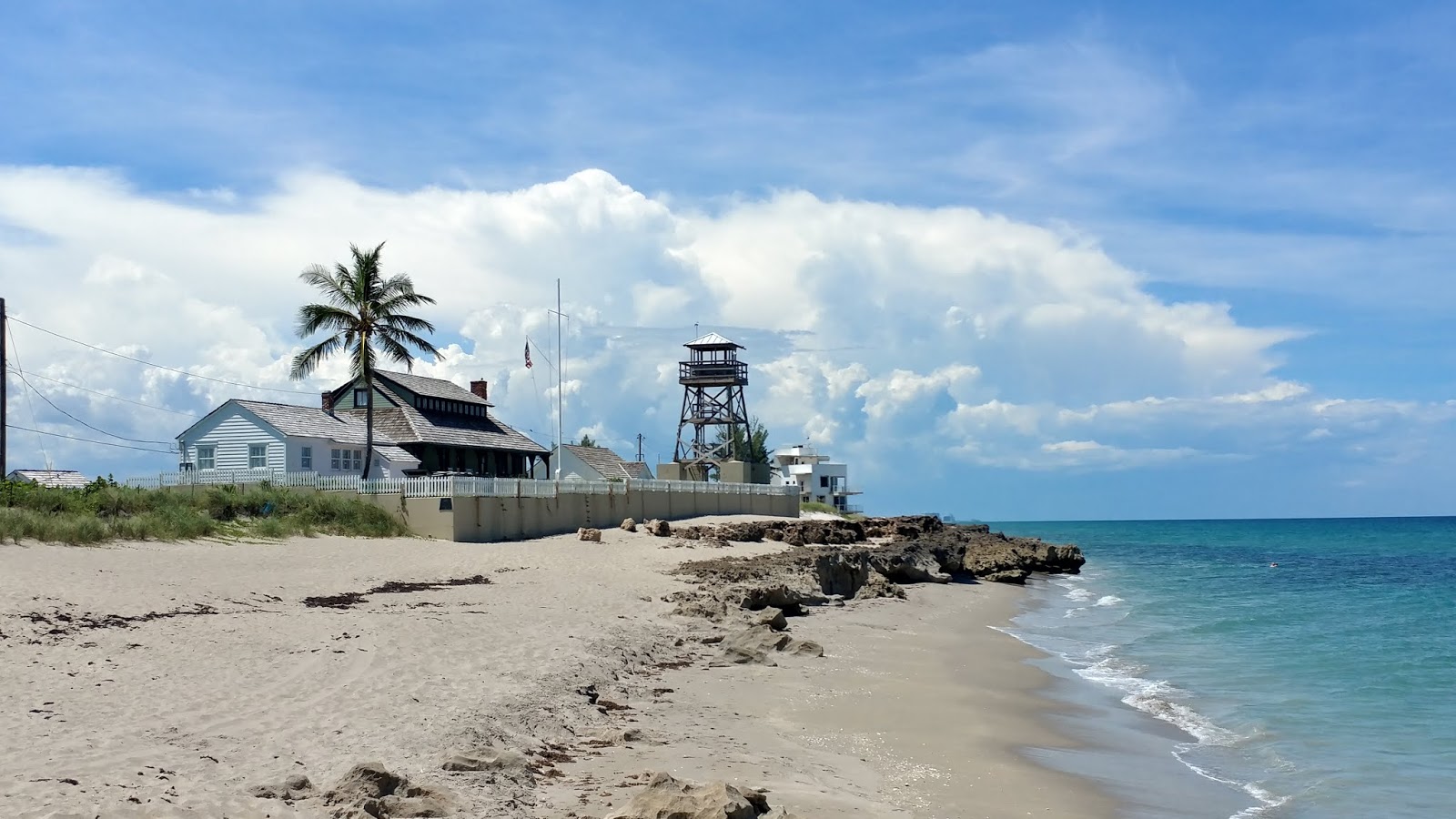Exploring Florida: House of Refuge at Gilbert's Bar
 |
| House of Refuge as of August 22nd 2018 (sometimes I wonder how I got this job) |
In the southern most point in the East Central Region is the House of Refuge, the last remaining U.S. Life Saving Station. The history and archaeology of the site is quite interesting, and the museum (and publicly accessible beach) is definitely worth a visit!
During the time of sailing vessels the lower east coast of Florida was a dangerous area. Rough unpredictable weather, reefs, and an inhospitable landscape lead to not only a loss of merchant goods, but a loss of life.
In 1876 the U.S. Life Saving Service was developed to assist in mitigating the lost of life after shipwrecks. Part of their mission was to construct 5 houses of refuge between Biscayne Bay and Vero Beach. These houses would be safe havens for sailors who wrecked off shore. Each house would have a caretaker who was charged with walking the beaches after storms to look for wreckage, and supplies for sailors they found washed ashore.
 |
| Geology fact: Anastasia rock formation is a mixture of quartz sand and coquina formed Pleistocene epoch. 2.67 million years ago. |
 |
| Shell artifacts and replicas at the museum. |
Archaeologists who have conducted work at the House of Refuge have found evidence of humans dating back to 4,000 years ago. The house itself was actually built on top of a native American shell mound and there are mound sites scattered all along Hutchinson Island.
The keepers of the houses of refuge performed similar duties to that of light house keepers. They maintained the houses, patrolled the beaches, kept supplies in case of storms, and were required to keep a daily log of activities. These log books tell the tale of the perils of sea at the time, including recording the events surrounding back to back shipwrecks that happened near Gilbert's Bar in 1904.
 |
| Living room of the House of Refuge |
Mrs. Rea took care of the shipwrecked men as though they were family. Including years later she received a post card from italy from one of the shipwrecked sailors stating, "Dear Mother, I have news to tell you; I take marriage."
The story of the shipwrecks are for another blog post and another time, and as for the rest of history of the House of Refuge, you can visit yourself!
 |
| Entrance to the House of Refuge |
House of Refuge
301 SE MacArthur Blvd., Stuart, FL 34996
Hours:
Monday- Satuday 10-4
Sunday 1-4
Admission charged.
All photos taken by FPAN Staff if not otherwise noted